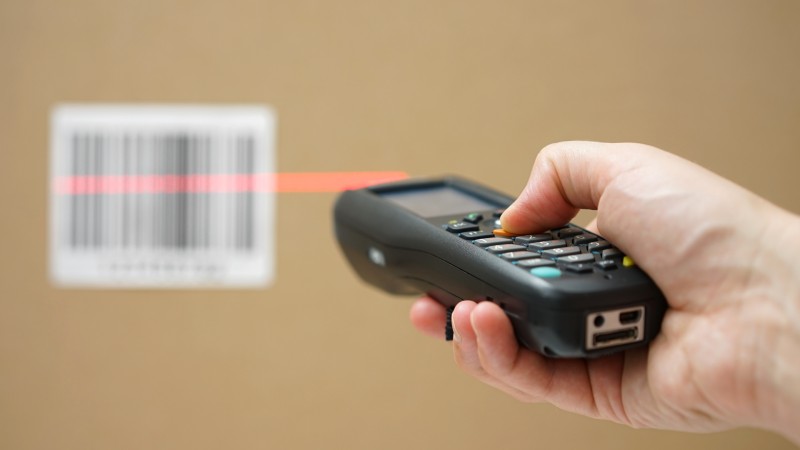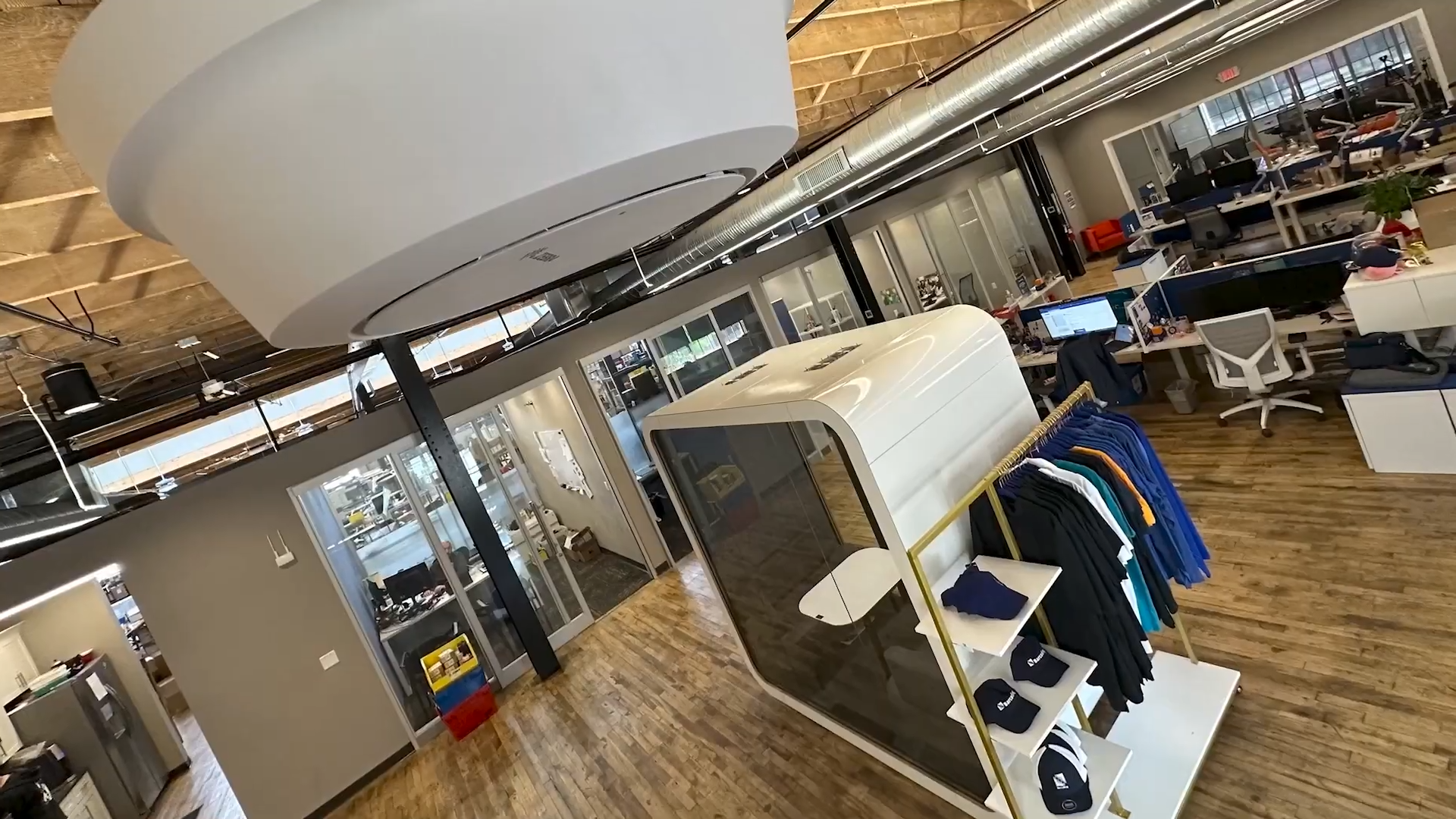A 2021 White House report made a case for greater investment on a national scale, stating “...more secure and resilient supply chains are essential to our national security, our economic security, and our technological leadership.” 1
Global supply chain pandemic stress contributed to massive bottlenecks and shortages with effects that continue to ripple across the globe today, and every enterprise has skin in the game.
Qualified workers, physical infrastructure, and other pillars of the supply chain are obviously fundamental needs. But one digital element may be equally important. Data standardization can actually help to simplify and streamline the rest of the work of building a more robust and resilient supply chain.
As supply chain data capture technologies like barcode labels and scanners, IoT sensors, and RAIN RFID gather increasing data from processes, standardization can help businesses extract more enterprise value from an asset they already have in hand. (The asset? It’s the data.)
Data Standardization is All About Interoperability
The supply chain is by definition a complex network that involves cross functional handoffs of materials, interactions of services, and movements of goods in multiple directions. Data has to move through the same gates, and standardization can streamline handoffs by improving communication, efficiency, and safety, and enhancing trust between stakeholders (even those with competing interests).
The global distribution and vast diversity of manufacturers, transport modes and agents, technologies, governments, third-party agencies, and of course goods and services underscore the potential improvements standardized data could contribute. After all, data standardization sets a foundation for interoperability.
Data interoperability means all relevant data is in an agreed-upon format that follows open, global guidelines. That data is ready for use across departments, enterprises, agencies, software solutions, reporting mechanisms, and technologies.
Guidelines are maintained by GS1, the not-for-profit, international organization that develops and maintains data format standards applied to barcode labels and RAIN RFID tags. These data standards are already in use efficiently moving information that accompanies goods and services throughout the supply chain. GS1 develops and maintains the standards, and stakeholders “buy in” and use the standards in their processes. That’s how GS1’s Global Trade Item Number (GTIN) came into use.
In fact, GS1’s EPCIS 2.0, released in late 2021, provides an updated traceability event standard that uses “a common language across, between, and within enterprises.” This update simplifies organizations’ sharing of information by adding standards for data such as:
- Product whereabouts to support tracking and tracing
- Availability of inventory or equipment across networks of distributed locations
- Aggregation of products as individual items are packed into cases, cases loaded onto pallets, and pallets into containers
- Timestamped sensor data (as relevant for critical mechanical components or temperature-controlled environments)
- Food safety measurements of chemical concentrations and/or microorganisms
- Expirations of perishable assets for first-in/first-out distribution and prevention of waste
- Certification information related to harvest, production, shipments and locations, such as reduction of carbon emissions or efficient use of water and land
The EPCIS 2.0 release responds to the ongoing evolution of the supply chain, as well as changing consumer expectations for transparency and sustainability, regulatory requirements, and other factors that affect businesses.
Standardized data has the potential to streamline supply chains at every link by:
- Eliminating wasted labor hours and lost time currently spent manually inputting data that doesn’t conform to the destination system’s standards. Standardized data is easier to share digitally, no matter the differences in software or other tools used by stakeholders.
- Improving clarity at intermodal handoffs, since air, sea, and land freight associations don’t currently follow the same information standards. Standardization of data could help reduce unnecessary shipment inspections that aggravate bottlenecks.
- Reducing reliance on paper documents, as well as the various digital spreadsheets, PDFs, emails, and even phone calls that can be involved at intermodal handoffs and border crossings.
- Increasing automation at all points in the supply chain, enabling human workers to focus their time and effort on tasks best performed by people. That not only reduces human error in processes and gets more done with fewer workers; it’s also likely to improve employee experience on the job.
- Enhancing trust between stakeholders. Whether it’s between a logistics company and a customer, a government inspector and a professional driver, or a warehouse worker and their supervisor, data standards help deliver transparency that engenders trust.
- Informing critical business decisions. As IoT and other data capture technologies collect information about transit times, wait times, fees, damages, and more, businesses can identify more areas for improvement.
Standardized Data Works Harder. Data standardization can enable automated inventory management for products with expiration dates that require removal and replacement, and data synchronization between trade partners can enable faster, more efficient response to product recalls. That can go a long way to protect people, bottom lines, and brands.
GS1’s Global Data Synchronization Network (GDSN) represents one vast, global product data network. Companies that need to send or receive standardized product information can subscribe to the data pool.
But product data is just one facet of the information that could be treated with global standards. The more stakeholders can apply standards to, the more broadly interoperable—and more valuable—all that data can become. And the more companies integrate IoT into their supply chains, the more data they can capture.
It’s smart to monitor the development of global standards, and in the meantime, the standardization of enterprise data makes good business sense. Executives who say they have a high level of trust for their enterprise data are reported to be anywhere between 5% and 44% of the total, depending on who’s asking. Regardless, those who trust their own data are in the minority.
Enterprise standards applied to data in an asset and inventory management system can help them set a foundation and start building trustworthy data sets and analytics. You can see how a solution like IntelliTrackⓇ helps multiple enterprise stakeholders access accurate, real-time information from one source of truth when you download the use case bundle. Get your download by clicking below.






